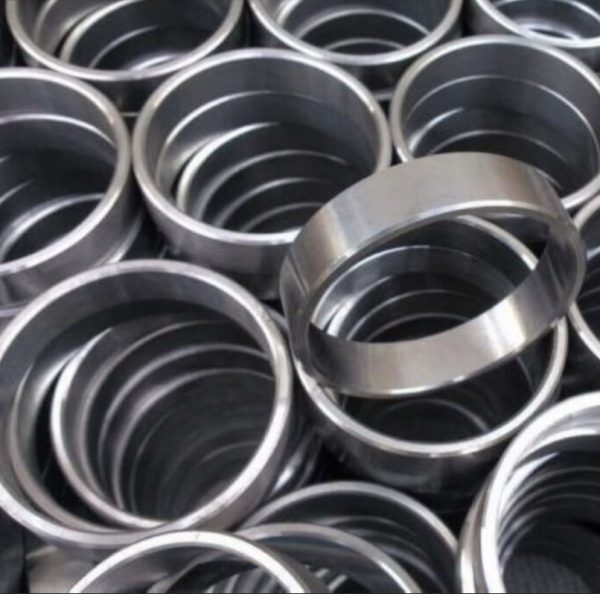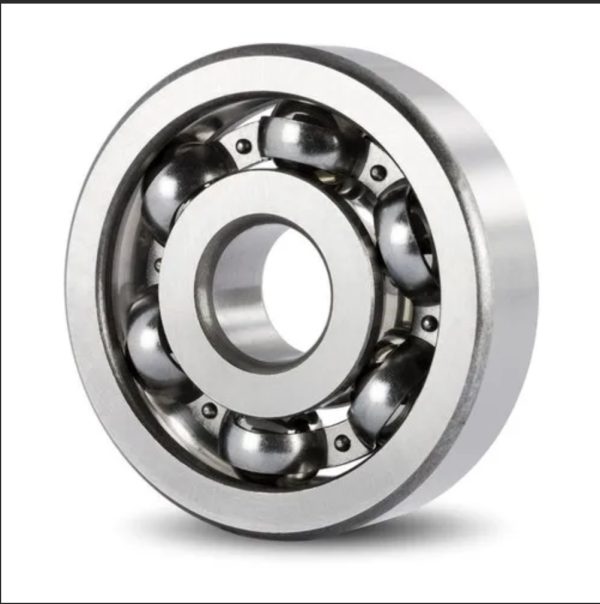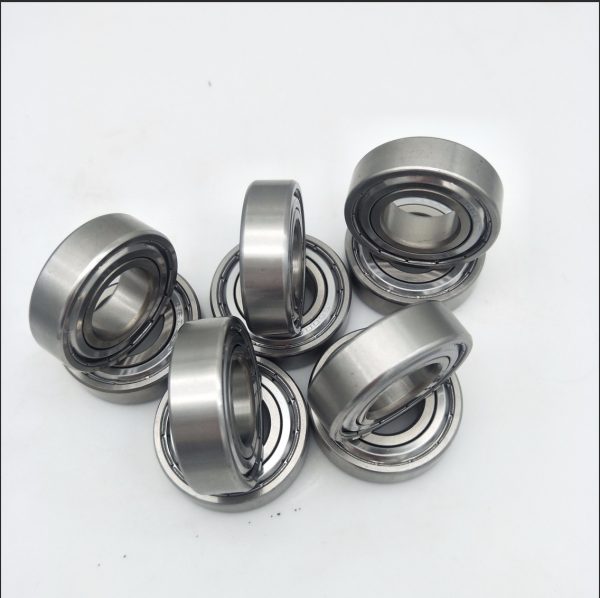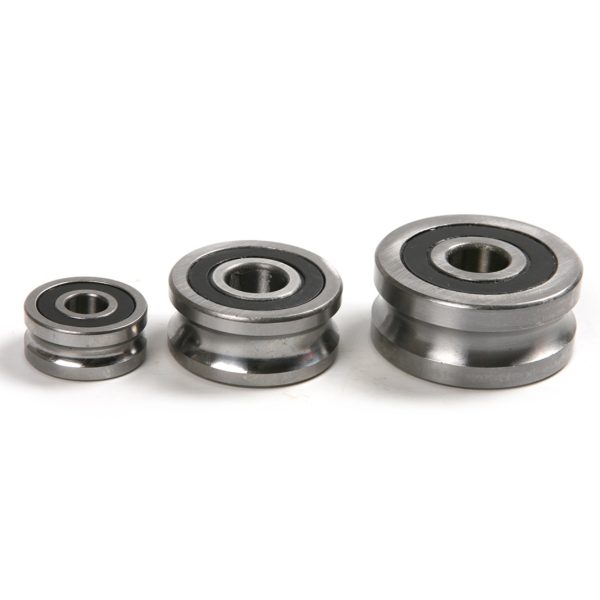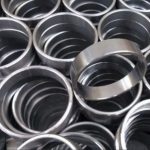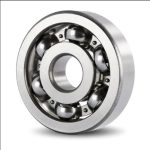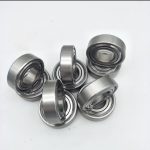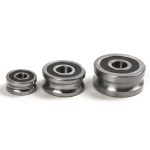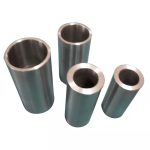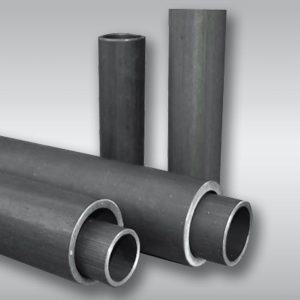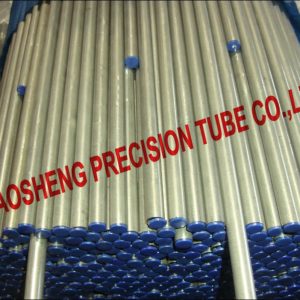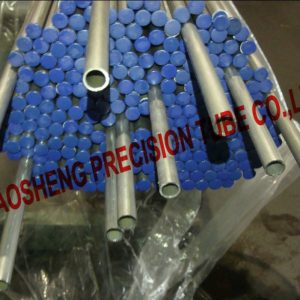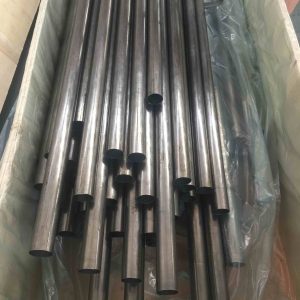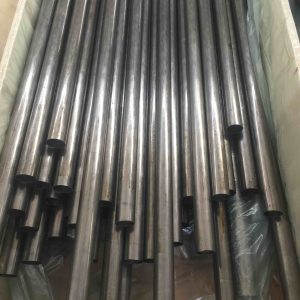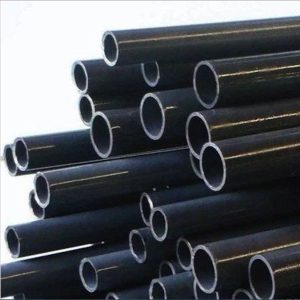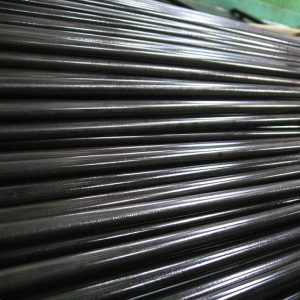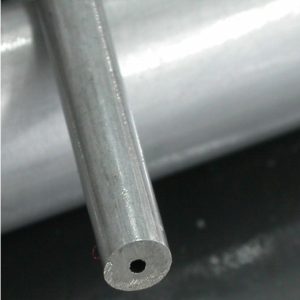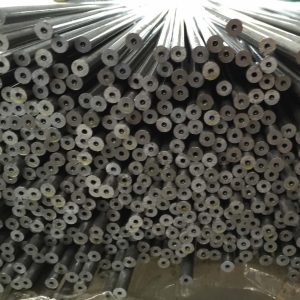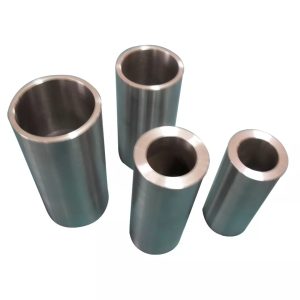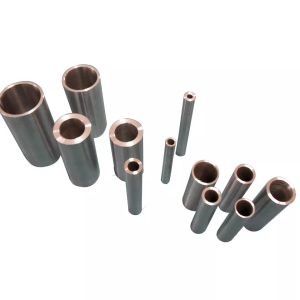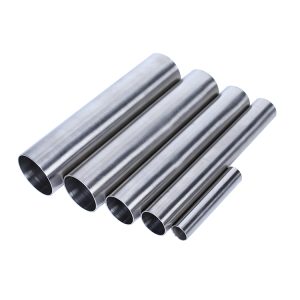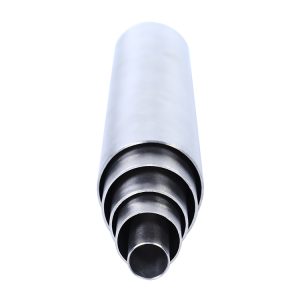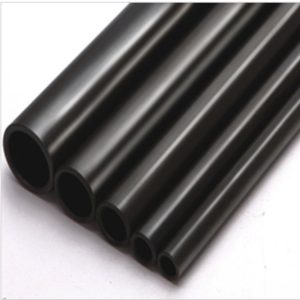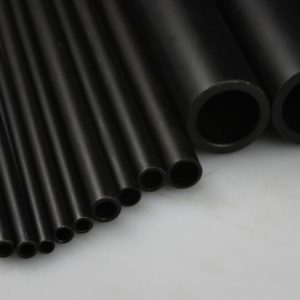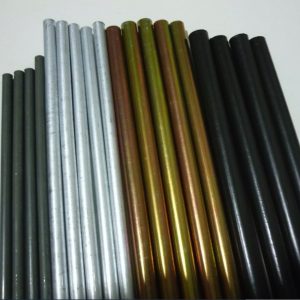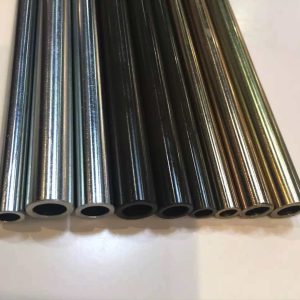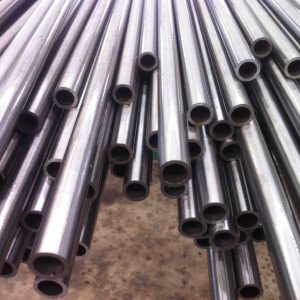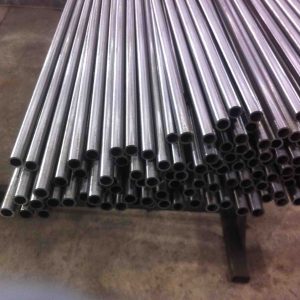100Cr6 Precision Bearing
Bearing steel pipe refers to hot rolled or cold rolled (cold drawn) seamless steel pipe used for manufacturing ordinary rolling bearing rings. The outer diameter of the steel pipe is 25-180mm, and the wall thickness is 3.5-20mm, which can be divided into two types: ordinary precision and higher precision. Bearing steel is used to make balls, rollers and bearing rings. Bearing works under great pressure and friction, so bearing steel is required to have high and uniform hardness, wear resistance and high elastic limit.
The requirements for the uniformity of chemical composition, the content and distribution of non-metallic inclusions, and the distribution of carbides of bearing steel are very strict. It is one of the most stringent steel grades in all steel production.
If any questions, contact sales@tubesolutions.com.cn
- Description
- Inquiry
Description
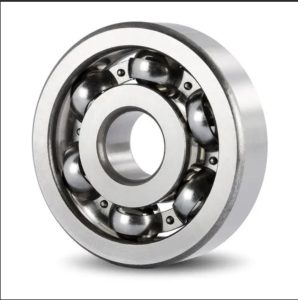
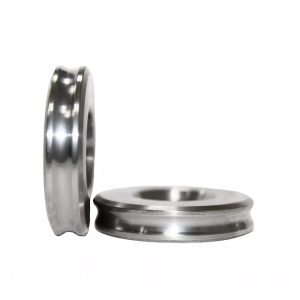
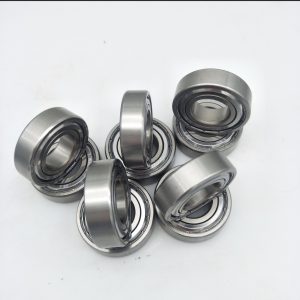
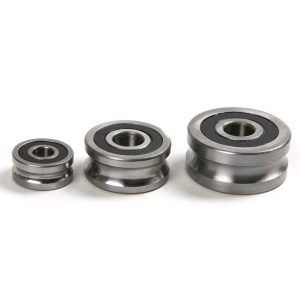
1. Relevant Steel Specification of 100Cr6 Bearing Steel
| Country | USA | German | Japan | British |
| Standard | ASTM A295 | DIN 17230 | JIS G4805 | BS 970 |
| Grades | 52100 | 100Cr6/1.3505 | SUJ2 | 535A99/EN31 |
2. Chemical Composition of 100Cr6 Bearing Steel and Equivalents
| Standard | Grade | C | Mn | P | S | Si | Ni | Cr | Cu | Mo |
| ASTM A295 | 52100 | 0.93-1.05 | 0.25-0.45 | 0.025 | 0.015 | 0.15-0.35 | 0.25 | 1.35-1.60 | 0.30 | 0.10 |
| DIN 17230 | 100Cr6/1.3505 | 0.90-1.05 | 0.25-0.45 | 0.030 | 0.025 | 0.15-0.35 | 0.30 | 1.35-1.65 | 0.30 | – |
| JIS G4805 | SUJ2 | 0.95-1.10 | 0.50 | 0.025 | 0.025 | 0.15-0.35 | – | 1.30-1.60 | – | – |
| BS 970 | 535A99/EN31 | 0.95-1.10 | 0.40-0.70 | – | – | 0.10-0.35 | – | 1.20-1.60 | – | – |
3. Mechanical Properties of DIN 100Cr6 Bearing Steel
| Properties | Metric | Imperial |
| Bulk modulus (typical for steel) | 140 GPa | 20300 ksi |
| Shear modulus (typical for steel) | 80 GPa | 11600 ksi |
| Elastic modulus | 190-210 GPa | 27557-30458 ksi |
| Poisson’s ratio | 0.27-0.30 | 0.27-0.30 |
| Hardness, Brinell | – | – |
| Hardness, Knoop (converted from Rockwell C hardness) | 875 | 875 |
| Hardness, Rockwell C (quenched in oil from 150°C tempered) | 62 | 62 |
| Hardness, Rockwell C (quenched in water from 150°C tempered) | 64 | 64 |
| Hardness, Rockwell C (quenched in oil) | 64 | 64 |
| Hardness, Rockwell C (quenched in water) | 66 | 66 |
| Hardness, Vickers (converted from Rockwell C hardness) | 848 | 848 |
| Machinability (spheroidized annealed and cold drawn. Based on 100 machinability for AISI 1212 steel) | 40 | 40 |
- 100Cr6 Steel Physical Properties
| Properties | Metric | Imperial |
| Density | 7.81 g/cm3 | 0.282 lb/in³ |
| Melting point | 1424°C | 2595°F |
- DIN 100Cr6 Alloy Steel Thermal Properties
| Properties | Metric | Imperial |
| Thermal expansion co-efficient (@ 23-280°C/73.4- 36°F, annealed) | 11.9 µm/m°C | 6.61 µin/in°F |
| Thermal conductivity (typical steel) | 46.6 W/mK | 323 BTU in/hr.ft².°F |
4. Forging of DIN 100Cr6 Bearing Steel
DIN 100Cr6 alloy steel is forged at 927 to 1205°C, and should not be forged below 925ºC. A post-forge equalization treatment is recommended at 745ºC for 4-6 hours followed by air cooling for SAE/AISI 52100 steel.
5. Heat Treatment for DIN 100Cr6 Bearing Steel
DIN 100Cr6 alloy bearing steel is heated at 816°C followed by quenching in oil. Before performing this process, it is subjected to normalizing heat treatment at 872°C followed by slowly cooling in order to reduce the machining stress.
Hot Working
DIN 100Cr6 bearing steels alloy can be hot worked at 205 to 538°C.
Cold Working
DIN 100Cr6 bearing steel can be cold worked using conventional techniques in the annealed or normalized conditions.
Annealing
For spheroidize anneale, the following isothermal anneal is recommended:
- 1500ºF (815ºC) for 3 hours
- 1350ºF (735ºC) for 4 hours
- 1250ºF (675ºC) for 3 hours
- Slow cool to 1000ºF (540ºC) then air cool.
Quenching
DIN 100Cr6 alloy bearing steel could be hardened by quenching in water from 801-829 degree or quench in oil from 816-842 degree.
Tempering
Temper to desired hardness as indicated by tempering curves after water or oil quench.
The special steel grades for bearing steel pipe production include the following (G marked with “rolling”): chromium bearing steel such as GCr6, GCr9 (SiMn), GCrl5 (SiMn); Chromium free bearing steels such as GSiMnV (Re), GSiMnMoV (Re), GMnMoV (Re); Carburized bearing steel such as G20CrMo, G20Cr2Mn2Mo; High carbon chromium stainless bearing steel such as 9Cr18 (Mo), etc.
The smelting quality of bearing steel is required to be very high. It is necessary to strictly control the content of sulfur, phosphorus, hydrogen, etc., as well as the quantity, size and distribution of non-metallic inclusions and carbides. Because the quantity, size and distribution of non-metallic inclusions and carbides have a great impact on the service life of bearing steel, bearing failure is often caused by the propagation of microcracks around large inclusions or carbides.
The content of inclusions is closely related to the oxygen content in steel. The higher the oxygen content, the more inclusions and the shorter the service life. The larger the particle size and uneven distribution of inclusions and carbides are, the shorter their service life will be. Their size and distribution are closely related to the smelting process used and the smelting quality. The main processes for producing bearing steel are continuous casting and electric furnace smelting+electroslag remelting process smelting. A small number of processes such as vacuum induction+vacuum self consumption double vacuum or+multiple vacuum self consumption are used to improve the quality of bearing steel.
If any questions, please feel free to contact sales@tubesolutions.com.cn

